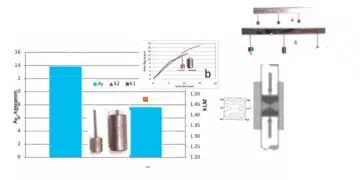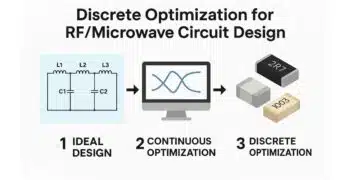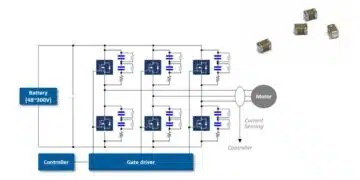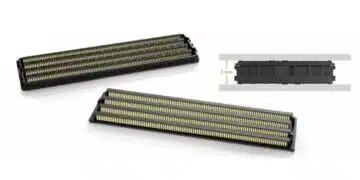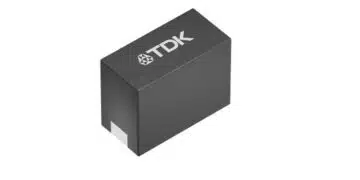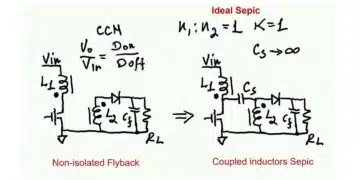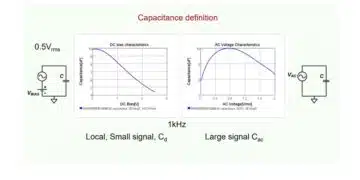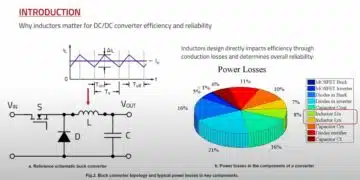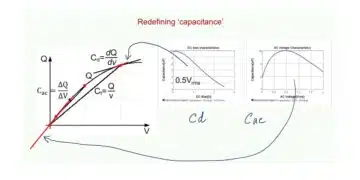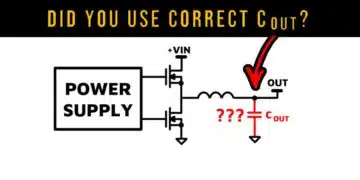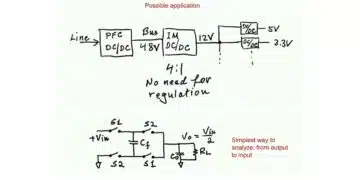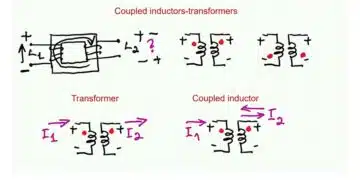This article by Dr. V. Azbel, an Independent consultant on tantalum capacitors highlights importance of tantalum capacitors anode control for reliability, leakage current and yield stability.
Introduction
Quality control of tantalum capacitor (TC) anodes during manufacturing is a critically important process that determines the final product’s characteristics.
However, existing methods for assessing the quality of anode batches after sintering and formation do not always ensure capacitor reliability and stability.
The currently used methods focus on evaluating production batches, with testing times ranging from 20 to 40 minutes. It is important to note that there is currently no control of the sintered pellet to verify its powder structure.
Issues with Current Control Methods
At present, the primary acceptance criteria for an anode are:
- Capacitance
- Leakage Current
The issue is that capacitance is weakly dependent on internal mechanical stresses within the material, unlike anode leakage currents. Current methods for evaluating leakage currents do not allow for the early detection of potentially unstable batches, leading to reduced overall capacitor quality and potential operational failures.
Despite an unchanged anode manufacturing process, internal stresses indicate a deviation in the powder structure from the benchmark. While such deviations may have little impact on capacitance, their effect on leakage currents can be critical.
An Alternative Approach
In this study, I propose using two methods:
- Mechanical testing of the sintered pellet – a technique widely used in powder metallurgy, allowing for the assessment of: Powder quality – a key parameter influencing subsequent manufacturing stages. Anode structure – mechanical characteristics of the sintered material precisely represent its stability and reliability.
- Aging tendency assessment – a method applied to heat-resistant materials, enabling the prediction of long-term leakage current stability. This is crucial for evaluating anode reliability during operation.
Testing is conducted on a sintered pellet produced from a benchmark powder lot, with evaluation based on the mechanical characteristics of the stress-strain curve. This approach allows for the early identification of potential issues, significantly improving anode quality.
Conclusion
The proposed methods are not new – they are well-known and already used in industrial applications. However, their implementation in tantalum capacitor manufacturing can greatly enhance anode reliability and, consequently, the quality of the final product. These methods do not replace but rather complement existing techniques, addressing their shortcomings.
Additionally, software exists for calculating stress-strain curve parameters. If benchmark lot data is available, AI can be utilized to analyze the causes of internal stress formation. This will allow for a deeper understanding of powder structure deviations and enable corrective actions at early production stages.
Given the importance of leakage current stability, control methods require revision and enhancement through more precise and reliable testing techniques.
Read more in-depth articles on this approach published in this blog https://passive-components.eu/tag/azbel/



